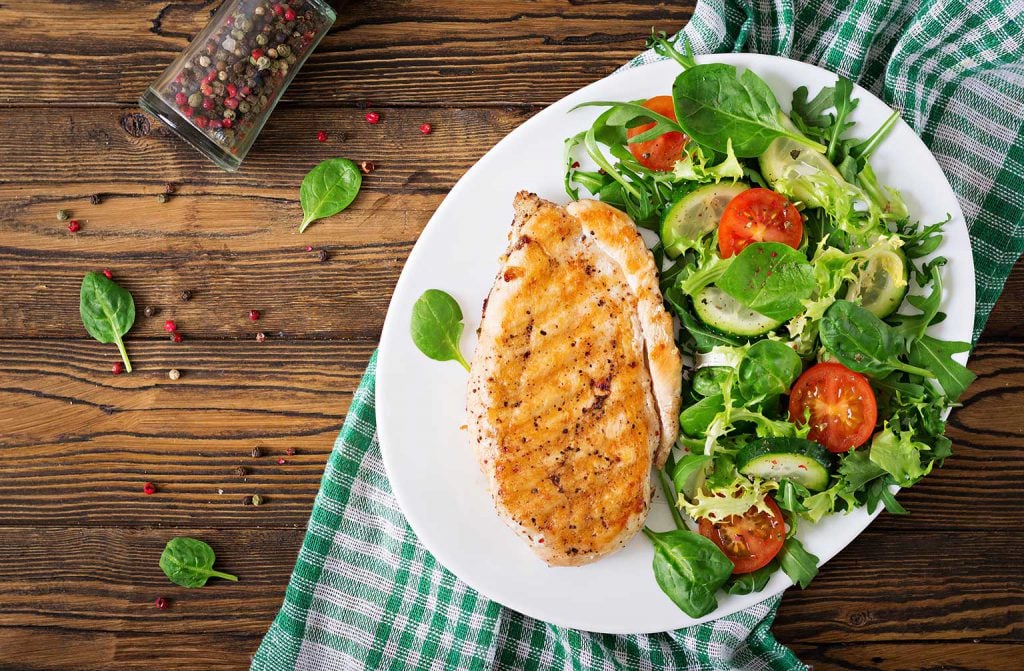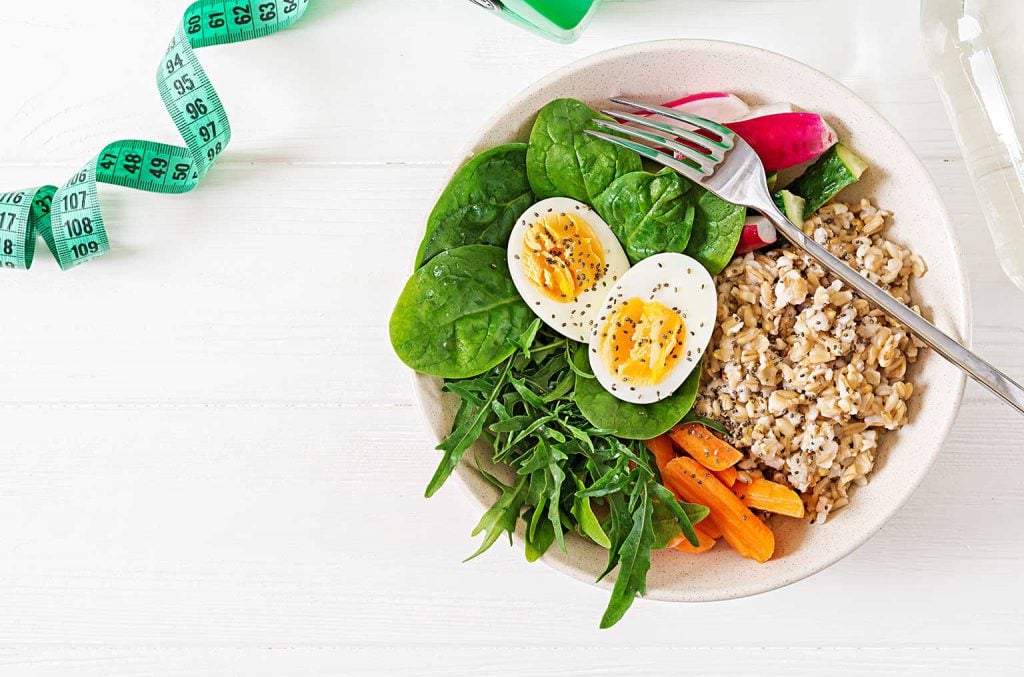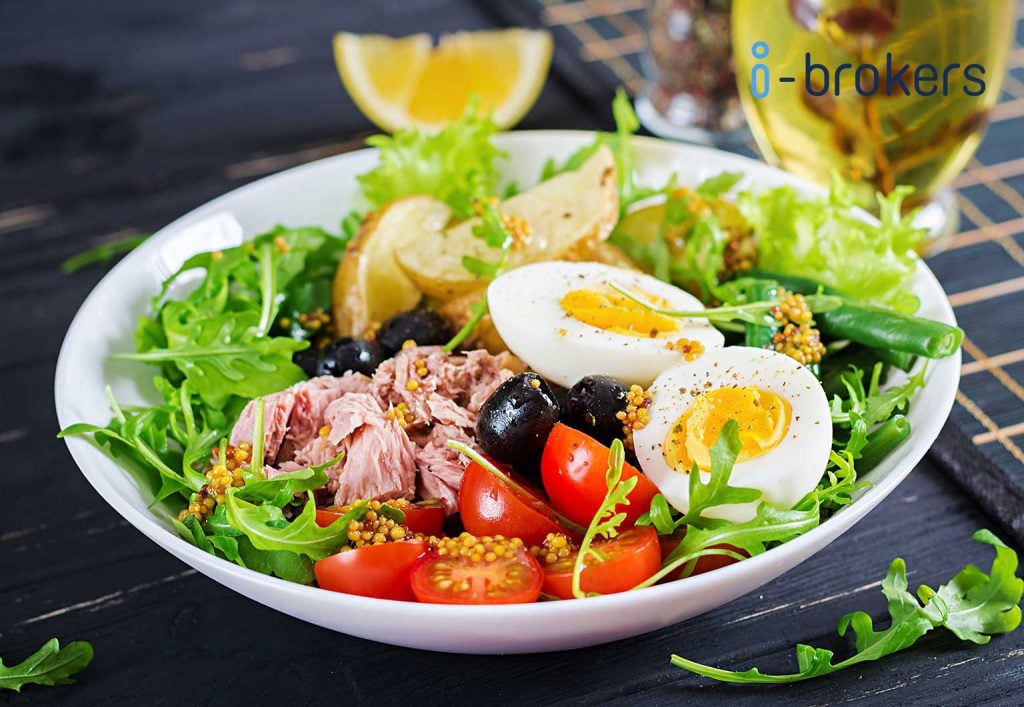The Olympics are upon us and it’s fair to say we are very excited to see to best sports people in the world perform on the biggest stage.
Have you ever wondered what helps fuel athletes to compete in their events and how they are able to perform at the elite standards which they do? In this blog post, we are going to share with you some helpful tips that you can take to have healthy diets just like the Olympic athletes.
Table of contents

What do Olympic athletes eat?
In accordance with the Men’s Health interview of Olympic swimmer Michael Phelps, the Olympian confirmed his caloric intake was realistically somewhere between 8,000 and 10,000 per day, his eating habits raised interest about what exactly fuels some of the world’s most elite athletes to perform their best.
With the Olympic Games Tokyo kicking off on July 23, 2021, all eyes are on this year’s batch of top athletes. Curious how must-watch personalities like Simone Biles, Katie Ledecky, Naomi Osaka, and Caeleb Dressel are nourishing their bodies to prepare to go for gold?
Let’s check out what they reportedly eat!
Biles, one of America’s golden girls of gymnastics, opts for balance, and avoids tracking her food and caloric intake. “I eat what I feel good with and try not to overeat or stuff myself because I’m always at the gym,” she told Women’s Health in October 2020.
“For gymnasts, in particular, [tracking] can lead to health problems and eating issues, so I just eat what I know I can and should.” The 24-year-old told the women’s magazine that she is as much a fan of carbohydrate-heavy fare like pepperoni pizza and fettuccine Alfredo as she is of salmon and fresh veggies, for example. She also occasionally drinks alcohol, she told Women’s Health.
Meanwhile, Ledecky revealed to PureWow in September 2019 that her daily diet doesn’t exclude carbs, either. Toast, sandwiches, and berries all feature on her daily menu — with energy-boosting protein like chicken and nut better, as well.
As a post-workout snack, Ledecky recovers with chocolate milk, which offers the perfect balance of protein and carbohydrates for optimal recovery.
Tennis champ Osaka, who has made headlines for her mental health advocacy, and will be representing Japan at the summer games, sticks to a morning routine including a green smoothie with kale, spinach, an electrolyte solution called Bodyarmor Lyte in coconut flavor, and kiwi, she told Pure Wow in April. “Before matches, I eat plain pasta with olives or chicken. It’s not too complicated,” she added to the website.
Olympic gold medalist Dressel told USA Today in March 2020 that while he wasn’t sure how many calories he eats per day, he may be in a range similar to fellow swimmer Phelps. “I’m kind of like a horse: I just kind of eat throughout the day, so I’m not ever hungry. I don’t want to go to practice hungry,” he told USA Today.
After his morning workout, he eats a meal with carbs, protein, fruit, and veggies. For dinner, he eats until he is full. One of his go-to meals? Meatloaf.
Why do Olympians make the diet choices they do?
The goal is to fuel for performance. “Energy intake and needs will vary greatly between athletes,” says Kacie Vavrek, RD, a sports dietitian at the Ohio State University Wexner Medical Center in Columbus.
For example, a marathon runner might burn 2,000 calories or more during their event alone. Meanwhile an athlete running the 100 meter dash could burn less than 10 calories during their event.
” Overall, an athlete’s energy needs will depend on their training and the demand of their sport, “and can range from around 2,000 calories per day for a shorter duration sport, such as for a sprinter or high-jumper, and up to 10,000 calories per day or more for training in a higher demand sport such as swimming.”
While many events are endurance-based, they also require short bouts of high intensity activity, Amy Goodson, RD, a Dallas-based sports nutritionist, points out.
Overall, an Olympic diet is a generally healthy diet featuring a mixture of carbohydrates (for energy), protein (to build lean body mass and stabilize blood sugar for satiety), and omega-3 healthy fats like fatty fish and ground flaxseeds (to quell inflammation for recovery and increase calories) — plus lots of fruits and veggies for their antioxidants and fiber.
“The more nutrient-rich the diet eaten, the better the athletes are able to recover after training,” she says.
And yes, there are desserts here and there. But athletes at the top of their sport don’t want to feel bogged down by a huge meal.
For example, they wouldn’t eat a burger prior to a competition, she says. While they can afford to eat more calories, they also tend to choose better sources, like avocados, candy-free trail mix, and nut butters.
Vavrek also notes that Olympians eat frequently. “Athletes at this level need to be fueling their bodies throughout the entire day and will likely consume many meals and snacks,” she says. “[These foods] will contain a combination of carbohydrate and protein foods for muscle recovery and injury prevention.”
Besides, top athletes make sure to hydrate appropriately. “Elite athletes know the importance of hydration on athletic performance and are likely drinking a lot of water throughout the day.
Athletes exercising outside in the heat will likely be taking in large amounts of both fluids and electrolytes to stay hydrated,” Vavrek explains. Endurance athletes, regardless of where they are exercising, can also benefit from electrolytes.
Should You Eat Like an Olympian? Why or Why Not?
Goodson recommends the 80/20 rule for everyday folks and athletes. That’s when you go with healthy choices 80 percent of the time and leave 20 percent of the time for “fun foods.” An athlete may rein that in to 90/10 the closer they get to competition.
So, should you eat like an Olympic athlete? Yes and no.
Unless you’re training multiple hours a day for an event, you probably don’t need to eat the calorie load they do. “If an everyday person consumed 5,000 to 8,000 calories in a day, it would likely lead to significant weight gain, even if they exercised regularly,” says Vavrek.
Plus, these athletes are working with sports dietitians to make sure their diets are on point.
For those of us who exercise but aren’t Olympic athletes, the same general nutrition principles apply: “Eat an overall balanced diet with a variety of vegetables, fruit, lean protein sources, whole grains, and healthy types of fats,” says Lynn Grieger, RDN, CDCES, a Prescott, Arizona–based sports nutritionist and certified personal trainer for the diet app Rise. Grieger is also a medical reviewer for Everyday Health.
The basic tenets of eating well — a mix of nutrient-dense foods plus limited splurges for craveworthy eats — applies to everyone. “Sticking to that is what helps athletes succeed and the everyday person reach their goals,” adds Goodson.

Takeaway Eating Tips Inspired by Olympic athletes
While eating exactly like an Olympian might not be in your best interest, Tara Collingwood, RDN, a board-certified sports dietitian and certified personal trainer in Orlando, Florida, offers some digestible tips inspired by the gold medal hopefuls.
Fuel Up prior to a Workout
Always eat before you begin your sweat session, Collingwood points out, even if it’s something small. (And yes, even before early-morning workouts!) “Depending on the length, it could just be some high carb snacks like a granola bar or some dry cereal or [a] piece of fruit,” she says.
“If it is a longer workout, then include protein or fat, like peanut butter toast or some yogurt with granola.”
Post-Workout Meals Help with Recovery
Collingwood suggests always eating a small snack after exercise, too. She called Ledecky’s chocolate milk choice a smart one for post-workout recovery.
“It has all four things you need after: carbs, protein, liquid, and electrolytes. Then follow that snack immediately after exercise with a full meal of protein, carbs, fruits and veggies, and some fat,” she suggests.
Listen to Your Body
Collingwood echoes Simone Biles, suggesting that you listen to your body when making dietary choices. “Follow your hunger and satisfaction cues. Stop when you are satisfied or just full (not overfull). Eat when you are hungry, no matter what time the clock says.”
Nibble on Healthy Snacks
Collingwood also advises following the cue of Olympians by making snacks a regular dietary habit. “They are eating their meals, but using snacks strategically to bridge them from one meal to the next,” she explains.
“Snacking helps to provide more nutrients (when consuming a nutritious snack) for an athlete who is burning a lot of calories throughout the day and needs the carbs and protein for energy and repair of muscles.”
Snacking is also prevention, “preventing a person from getting ravenously hungry at their next meal, which often leads to making poor nutritional choices and overeating,” she adds. A snack could provide an extra hour or two of satisfaction before getting hungry again.
Make Informed Food Choices
Collingwood points out that in general, Olympians eat strategically and with advice from their healthcare teams.
To improve their athletic performance, they have lots of complex carbs for energy, lean proteins to build and repair, and fruits and veggies to protect their bodies from the damage of intense exercise.
“Of course, everyone can include some fun stuff, like chips and fries and dessert, or alcohol occasionally, but these athletes are strategic about when and how much they indulge in those foods,” she explains.


